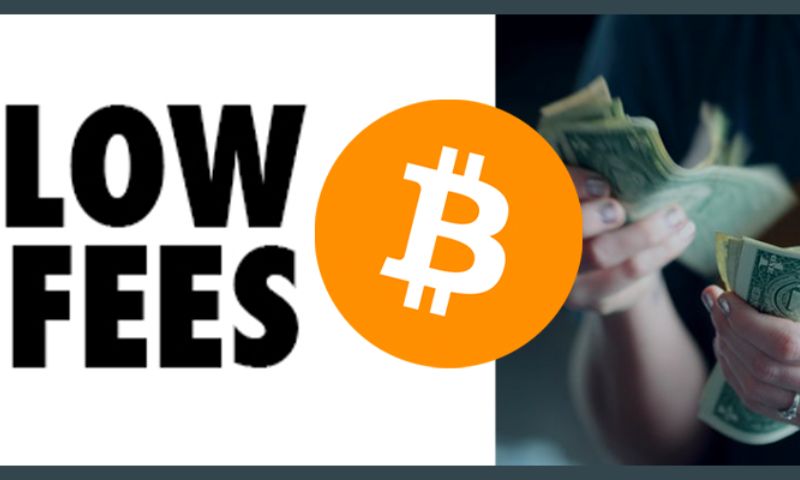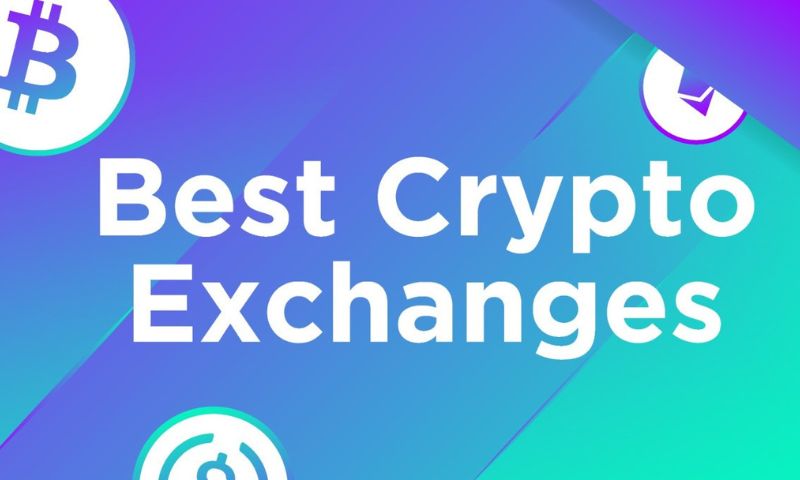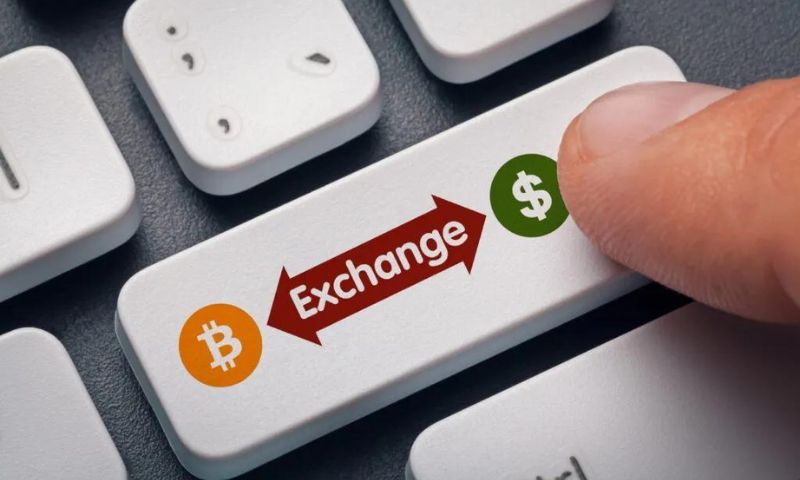Best Crypto Exchanges with Low Fees: Maximize Your Investments
Let’s cut right to the chase—I know you’re here to find the best crypto exchanges with low fees that won’t nibble away at your wallet. High fees can eat your profits like a silent parasite; I have felt that pain and refuse to let it slide. Stick with me, and I’ll guide you through the fee jungle, spotlight exchanges that take a smaller bite, and share tactics that savvy traders use to keep more coins in their digital pockets. Trust me, every satoshi saved is a satoshi earned. Let’s dive in and boost those investments.
Understanding Crypto Exchange Fees
Types of Fees in Cryptocurrency Trading
Let’s talk about saving money with smart trading choices! Low-cost exchanges can offer big value. Every trade has a price. In crypto, we call these “fees.” Some are obvious, like trading fees. Others might surprise you, like withdrawal charges.
“Maker” and “taker” fees are common. They depend on if you create liquidity or take it. Makers usually pay lower fees. Takers find orders to match and often pay more. Choosing the right role can save money.
Deposit fees can be a drag. Some exchanges charge to put money in. Good news for thrifty investors, not all do. Look for platforms without these costs.
Withdrawal fees can bite into profits. They cover network costs. Moving crypto out of exchanges often has a fee. Always check before you withdraw.
Impact of Fees on Crypto Investment Strategies
Fees make a big impact on how you invest in crypto. High costs can eat up profits fast. When you trade more, fees add up. This makes finding low-fee exchanges important for your wallet.
Every time you pay to trade, it’s less money for you. Over time, even small fees can become a big deal. They can turn wins into losses if you’re not careful.
Smart strategies focus on low costs. This can mean more profit for you. It pays to look for budget-friendly blockchain trading. This means more money stays in your pocket.
With low fees, you can make more small trades. This is great for playing the market’s ups and downs. But remember, even small fees add up. So, always know what you’re paying.
Smart investors think about fees from the start. They pick value crypto exchanges with low trading fees. This keeps costs down. And guess what? This means more money to invest and grow.
Knowing all the fees helps you plan better. You can pick the right moves for your money. This is a big deal in the fast-moving crypto world.
Save money on trades with low commission crypto exchanges. These platforms offer a fair deal. You get more control over your investment cash. That’s what we all want, right?
Remember, low-cost doesn’t mean low quality. The best platforms balance good service with minimal fees. They have the tools and support you need. And they won’t clean out your wallet on every trade.
Let’s face it, fees can be sneaky. But they don’t have to be scary. By understanding them, you’re already ahead. You can trade more and pay less. Your future self will thank you for it.
Analyzing Low Fee Crypto Exchanges
Fee Comparison of Top Crypto Platforms
When you’re trading cryptocurrencies, you need exchanges that won’t eat into your profits. Every trader knows this: high fees can turn winning trades into losses. Time to shine a light on the cost. Let’s talk about where to find low trading fees crypto lovers want.
Start with checking the most popular platforms. Compare them. Look at what they’ll charge for each trade and also when you move your money in and out. A platform may say it’s an affordable cryptocurrency platform, but their fees can add up quickly. Watch out!
Some of the best exchanges with low fees are not always the biggest names. Yes, you heard me right. There are zero-fee crypto exchanges too. But remember, they make money somehow, often through wider spreads. Still, that’s a great deal for many users.
Seek out lowest fee crypto exchange options. It’s worth the hunt – these venues help you keep more coins in your pocket. And always, always check their fee schedules. It’s like the user manual for your money. Don’t skip it!
How to Identify Hidden Fees in Crypto Trading
Hidden fees? They’re the worst. They sneak in when you’re not looking, nibbling away at your cash. Let’s unveil those costs. Most exchanges have maker and taker fees. But did you know about withdrawal fees? Or the costs for using specific payment methods? Now you’re catching on.
You want to economize on crypto transactions, right? So, it’s all about reading the fine print. Some charges might not be obvious at first. Make sure you’re not missing any details. It’s such a bummer to see extra costs crop up when you least expect them.
Look for things like network fees, especially when dealing with a low fare altcoin exchanges. These can vary greatly depending on the blockchain and current network congestion. Always double-check if the network fee is included when comparing the economical digital currency exchange rate.
Here’s something else. Deposits. Are they free? Don’t take it for granted. A so-called inexpensive crypto trading platform might sneak a fee in there. Get answers. Ask the platform directly if you aren’t sure.
And, as you’re probably guessing, not all bargains are what they seem. A bargain cryptocurrency trade could mean you are sacrificing something else, like customer service or security. Make sure your low-cost bitcoin trading doesn’t turn expensive in other ways.
It can seem like a jungle out there—a jungle of fees! But your machete is asking questions, comparing, and being a smart crypto owner. So keep those transaction fees low and hold onto more of your hard-earned coin. Remember, when it comes to trading cryptocurrencies affordably, the power is in your hands. Happy fee hunting!
Strategies for Reducing Trading Costs
Utilizing Zero-Fee or Fixed-Fee Structures
Let’s cut down on those pesky trading costs. Affordable cryptocurrency platforms offer a secret weapon: zero-fee or fixed-fee structures. These mean you pay no extra cost per trade, or just a flat rate no matter the trade size. This can really help save money, especially for those trading often. Zero-fee crypto exchanges get rid of the worry about variable fees that add up fast.
But here’s the thing: not all zero-fee platforms are truly free. Some may make up for it in other areas, like wider price spreads. So, stay sharp and read the fine print.
Cost-Efficient Trading: Timing and Batch Transactions
Timing is everything, remember? Trade during off-peak hours for better chances at lower fees. This isn’t foolproof, but it’s a nifty trick worth trying.
Now, let’s talk about batching trades. Imagine you’re buying snacks for movie night. You wouldn’t run to the store each time you want a different snack, right? Apply the same idea to trading. Combine trades into a single larger transaction to reduce the hit from fees.
We’re always looking to save money, and in the world of crypto, every penny counts. Lower fees mean you keep more of your investments working for you. Remember, being smart about fees is just as important as picking the right coin to invest in.
Finding low-cost Bitcoin trading options or digging through the least expensive crypto trading platforms can make a huge difference over time. Try out different approaches, and always keep an eye out for new, cost-effective ways to manage those trades.
Expert Recommendations on Low-Cost Exchanges
Selecting the Right Exchange for Your Trading Volume
Picking an exchange that fits your trade volume is key. High-volume traders often get lower fees. Smaller traders should eye platforms that offer flat trading fees. They avoid surges in trading costs.
Best Practices for Minimizing Fees and Maximizing Value
First, hunt for exchanges that list “zero-fee” or “low trading fees crypto” tags. Next, check if the platform offers “fee discounts” for using their own tokens. Some offer lower fees for “high-volume trades”. Look out for them.
Use “limit orders” to avoid high “taker fees”. “Maker fees” are often lower. “Maker orders” take longer to fill but save money over time.
Do “batch transactions” to cut down on costs. Several small trades add up in fees. One bigger trade can slash the fee bite.
Always pull out a calculator and tally up the “withdrawal fees”. They sneak up on you. “Low fee crypto services” might slap on high withdrawal charges.
Use “wallet-friendly crypto purchases” like buying directly with your bank account. It often costs less than card buys.
Last, keep a close eye on “discount cryptocurrency exchange rates”. Rates change often. Today’s deal might be tomorrow’s rip-off. Always stay updated with the latest charges.
By following these practices, you can make sure your money works harder for you. Remember, every penny saved boosts your bottom line.
In this article, we dove into the world of crypto exchange fees and their impact on your trading. We looked at different types of fees and how they can shape your investment strategy. We also compared fees across major platforms to help you find where you can trade for less. Plus, we went through hidden fees to watch out for.
Low-cost exchanges can make a big difference in your trading gains. That’s why we explored various strategies to cut down costs, including using exchanges with zero or fixed fees and planning your trades wisely. Whether it’s choosing the right time or batching your transactions, these tips can save you money.
I’ve given you my best advice on picking an exchange that fits your trading volume and shared tips on keeping your fees low. Remember, saving on fees means more profit for you. Trade smart, be aware of the costs, and always look for value. Keep these points in mind, and you’ll be one step ahead in the crypto trading game!
Q&A :
What are the top cryptocurrency exchanges known for low transaction fees?
When seeking a cryptocurrency exchange that maximizes value, users often look for platforms with low transaction fees. Some of the leading exchanges in this category include Binance, which offers competitive rates and discounts for using its native BNB token; Kraken, with its tiered fee structure that rewards high-volume traders; and Bitfinex, known for its low withdrawal fees and a customizable fee structure based on trading volume.
How do low-fee crypto exchanges compare in terms of security?
Low fees are an important consideration, but security is paramount when choosing a crypto exchange. Reputable low-fee exchanges like Coinbase, often balance affordability with robust security measures like two-factor authentication, cold storage for the majority of funds, and insurance policies to protect digital assets. Users should always investigate the security track record of an exchange, as well as its fee structure.
Can I trade a variety of cryptocurrencies on exchanges with lower fees?
Many low-fee exchanges offer a wide array of cryptocurrencies to trade, providing both popular options like Bitcoin and Ethereum, as well as a selection of altcoins. Binance, for instance, is known for its vast selection of crypto pairs. However, the availability of certain coins may vary among exchanges, so users should ensure their desired assets are supported before signing up.
What hidden fees should I watch out for on crypto exchanges that advertise low trading fees?
It’s essential to read the fine print when considering low-fee crypto exchanges. Some platforms may have low trading fees but compensate by charging higher withdrawal fees, inactivity fees, or fees for certain deposit methods. Always review the full fee schedule of an exchange, including any tiered structures or discounts that may apply, to get a comprehensive understanding of the costs involved.
Are there any trade-offs when using a cryptocurrency exchange with low fees?
While low fees are attractive, users may encounter trade-offs such as a less intuitive user interface, fewer trading tools, limited customer support, or decreased liquidity. Some exchanges that offer low trading fees might also have narrower spreading, which can impact the overall cost of the trade. It’s critical to consider these factors alongside the fee structure to ensure the exchange meets your trading needs and expectations.





